Nice Guys Finish First – Richard Dawkins (1987)
In this BBC documentary Richard Dawkins explores the evolution of cooperation. The problem has been discussed intensely since Darwin’s time and is still being investigated scientifically. Cooperative species are quite successful but rare. Social insects (ants, wasps, bees and termites) make up only 3 percent of animal diversity yet they may constitute up to 50 percent of the total animal biomass in land habitats. Among 43,678 known species of spiders cooperative behavior evolved in only a few. How could a […]


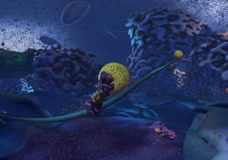

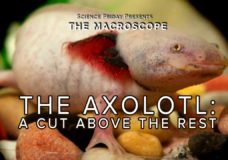

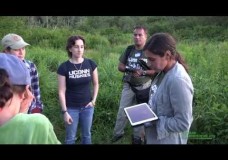

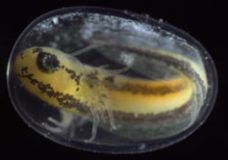


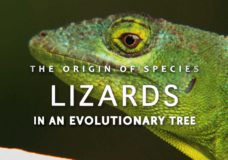


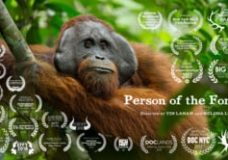


Recent Comments